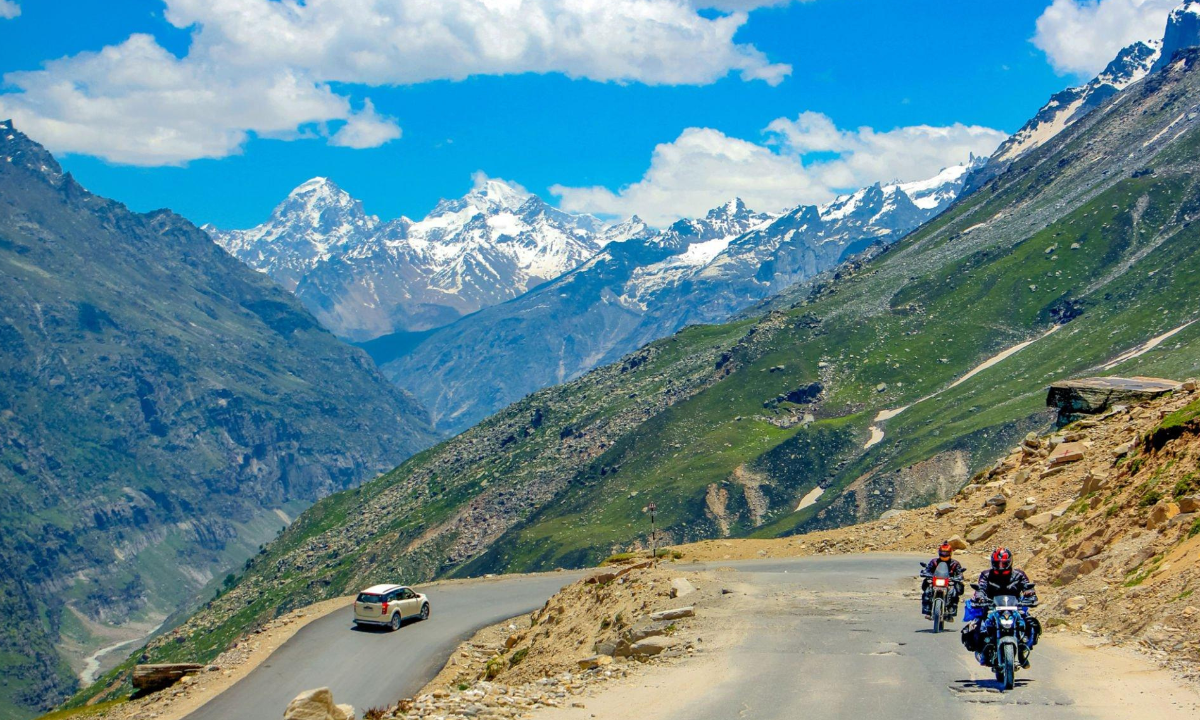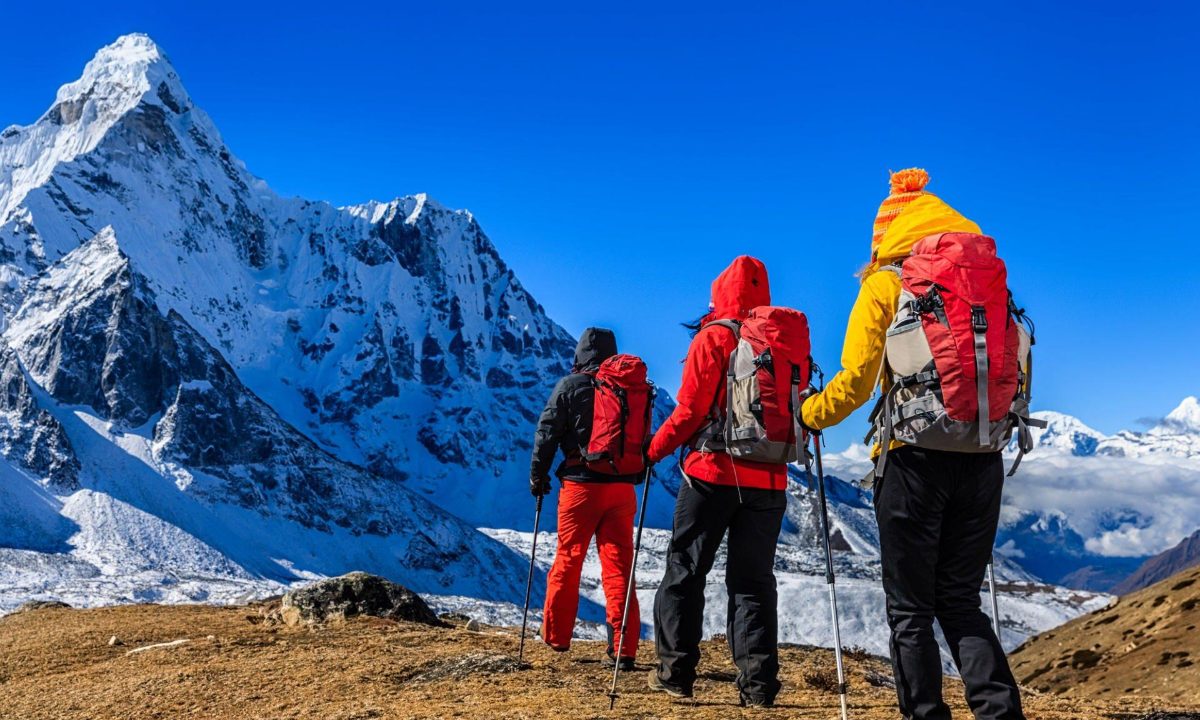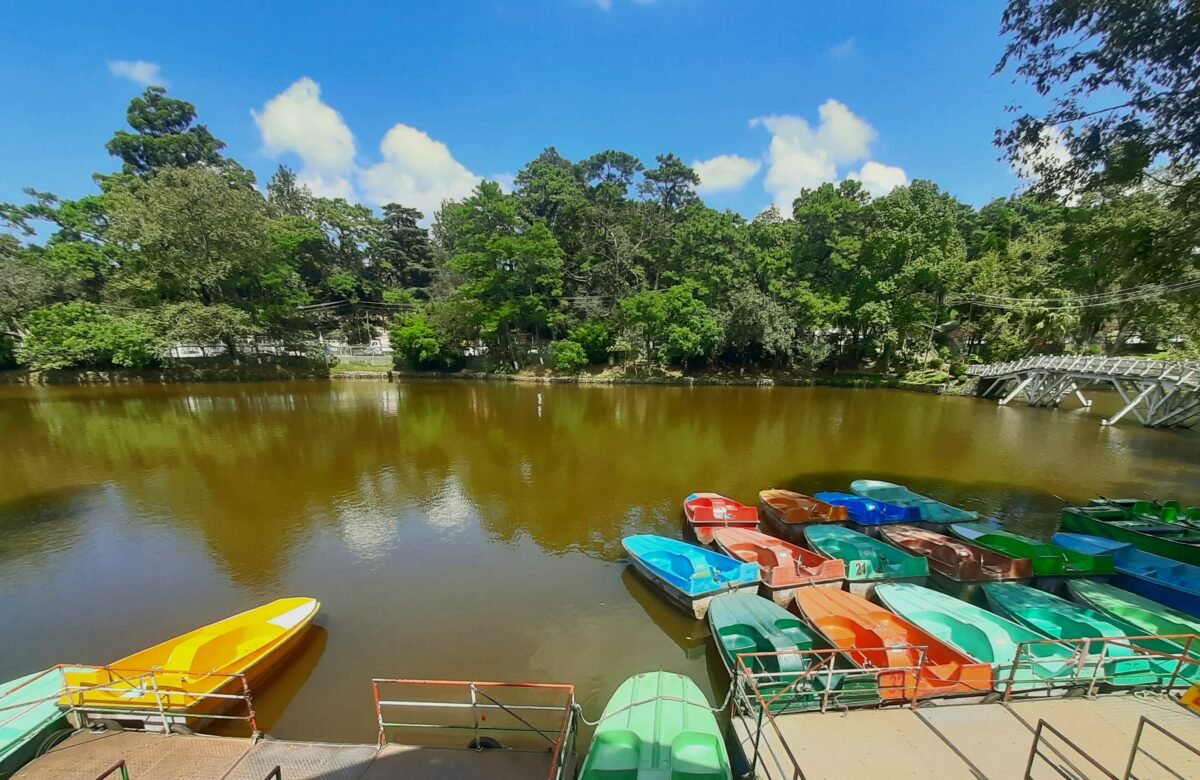
Exploring the Rich History of Varanasi: A Budget-Friendly Tour Guide with Booking Tips
- Latest PostEntertainmentTravel
- December 31, 2022
- No Comment
- 8069
The city of Varanasi (also spelled Benaras, Banaras, and Kashi) is on the banks of the Ganges in the Indian state of Uttar Pradesh. But this isn’t just any stunning Indian metropolis; it’s the country’s spiritual heart. Varanasi also has the distinction of being the oldest continuously inhabited city in the world. “Benaras is older than history, older than tradition, even older than legend, and seems twice as ancient as all of them put together,” the great English writer Mark Twain famously said. With a religious history dating back more than three thousand years, this place has a special significance for Hindus.
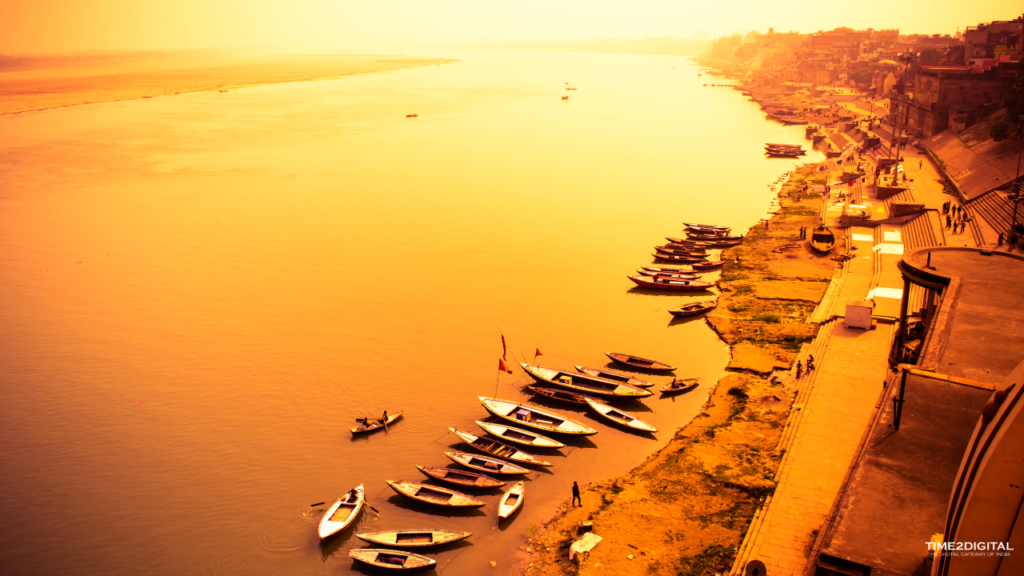
Hindus think that dying in this holy city would free them from the cycle of reincarnation, so many go here to cremate their loved ones or wash away their sins in the holy waters of the River Ganges. Now it is a popular tourist destination where people from all over the globe come to see our nation’s history and culture. For today’s post, we thought it would be helpful to give a comprehensive itinerary, including costs and booking information, for visiting this sacred region.
Best Time to Visit Varanasi
The months of November through February are considered to be the off-season for travel to Varanasi, and this is the time of year when tourists flock to the city. Because the temperature is lower and the humidity is lower during this season, it is simpler to take advantage of all the city has to offer, including its attractions and its activities. Because the temperature is low and the weather is lovely, it is the perfect time for sightseeing trips and boat rides on the Ganges River.
Because of the high temperatures and low humidity of summer, it might be challenging to enjoy activities outside. The monsoon season is characterized by milder temperatures and ideal weather; nevertheless, the increased likelihood of precipitation during this time might make it difficult to participate in some activities, such as taking a boat out on the river.
How to Reach Varanasi
Varanasi attracts visitors from all over the globe because of its historical, spiritual, and cultural importance. You can get to the city quickly and simply by plane, rail, or car. The city of Varanasi is home to an international airport that provides connections to places in nations including Sri Lanka, the United Arab Emirates, Nepal, Malaysia, and Thailand. Delhi, Mumbai, Kolkata, Bangalore, Gaya, Khajuraho, Chennai, Goa, Hyderabad, Guwahati, Agra, Jaipur, Ahmedabad, and Patna are just a few of the Indian cities from where direct flights are accessible.
Varanasi Junction Railway Station has 646 daily train departures to and from other important cities in India. It takes around 1.6 kilometers to go from the train station to the heart of the city. In addition, the Kashi Railway Station, 5.94 kilometers from the heart of the city, is served by trains as often as every 133 minutes. Major Indian towns like Allahabad, Lucknow, Patna, Gorakhpur, and Ranchi are all within easy driving distance of Varanasi.
From these cities, you may take a state-run or private bus to go to Varanasi. It takes around 6 or 7 hours in luxurious, air-conditioned buses to reach Varanasi from Lucknow. Making the most of your time in Varanasi is easy with the aid of a planned itinerary and tour plan.
Plan for a Comprehensive Itinerary and Local Sightseeing Tour
Day-1
Visit the renowned Ganga Aarti at Dashashwamedh Ghat on the first day of your journey, as it is a must. On the banks of the revered Ganges River, a massive scale of this holy and significant rite is conducted each day. The enormous brass lights used in the aarti provide a heavenly glow that fills the whole Ghat.
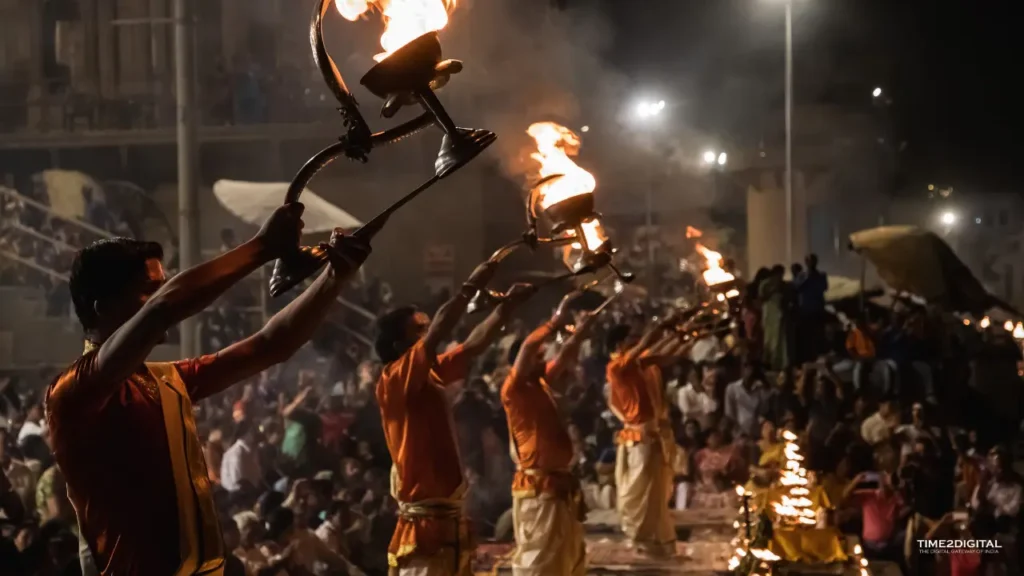
By reciting sacred mantras and utilizing brass lights with oil within, the priests carry out this lovely ceremony. During the aarti, the roar of the river and the echoes of the mantras create a strange environment. The experience is one-of-a-kind and memorable.
Day-2
Get up early on day two of your trip and take a boat ride down the Ganges to see the dawn. In general, these excursions take between three and four hours and cost roughly Rs1,000 per adult. This trip is available for booking either online or via a local tour operator. Dashashwamedh Ghat, one of Varanasi’s oldest and busiest, is often the starting point of the journey.
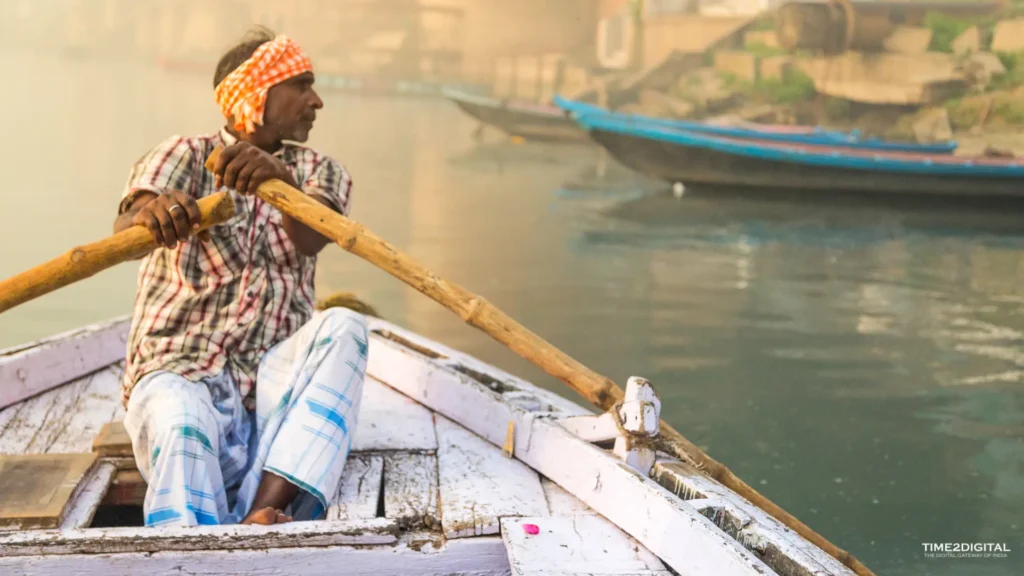
The evening Ganga Aarti takes place every day at this ghat, which is situated close to the Viswanath Temple. Manikarnika Ghat, a major cremation ghat, is where Devi Sati’s ornaments are said to have fallen as Lord Shiva was taking her to the Himalayas, thus it’s a good site to visit after the boat excursion. It is widely believed that people who are cremated at this site escape the endless reincarnation cycle forever.
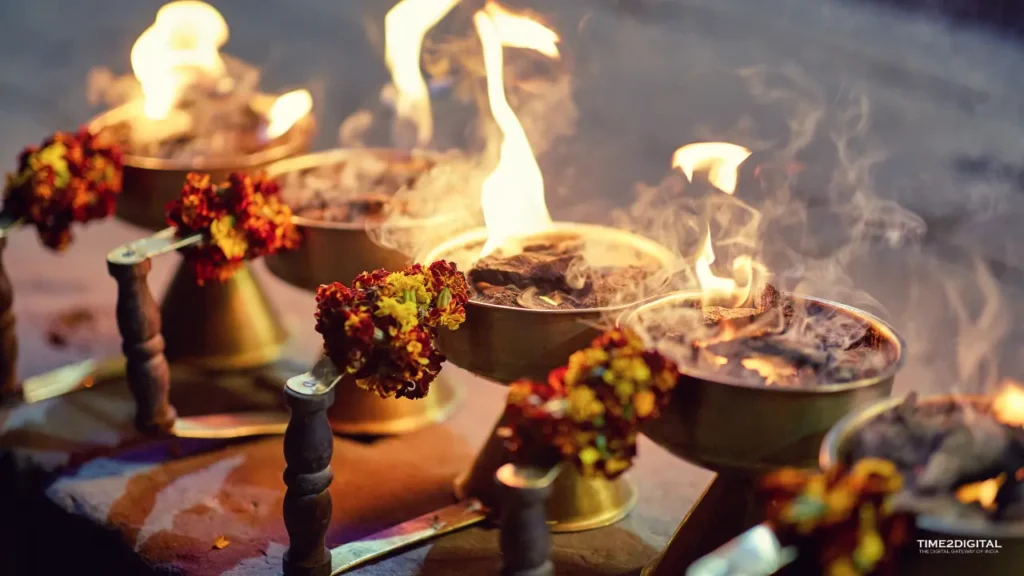
Next, stop by Maharaja Man Singh–who built Manmandir Ghat in the 1600s, and Sanjay Vikram Singh–who constructed Shivala Ghat in the 1800s. Continue your ghat tour with stops at the photogenic Darbhanga Ghat, the concrete Ahilyabai Ghat, named for Queen Ahilyabai Holkar who restored it in 1778, and the mythical Harishchandra Ghat, named for the legendary figure Raja Harishchandra who is said to have worked there.

As one of the two cremation ghats, it is said that individuals who are cremated there go to heaven. Assi Ghat, at the junction of the Ganges and the Assi rivers, and Tulsi Ghat, named for the poet Tulsidas, who composed the Hindu epic Ramcharitmanas, are two more noteworthy ghats to visit.
Depending on the form of transportation and the degree of service, these trips normally begin at 1 or 3 p.m. and cost between Rs1200 and Rs5000 per adult. Kachori-sabzi, Dahi Chutney Gol Gappe, different chats, Makhan Malaiyyo, Thandai, and the legendary Banarasi paan are just a few of the popular street foods of Varanasi. Visit the marketplaces after sampling regional delicacies to look for unique keepsakes like silk or brocade sarees, handcrafted textiles, wooden toys, jewelry, and metalwork.
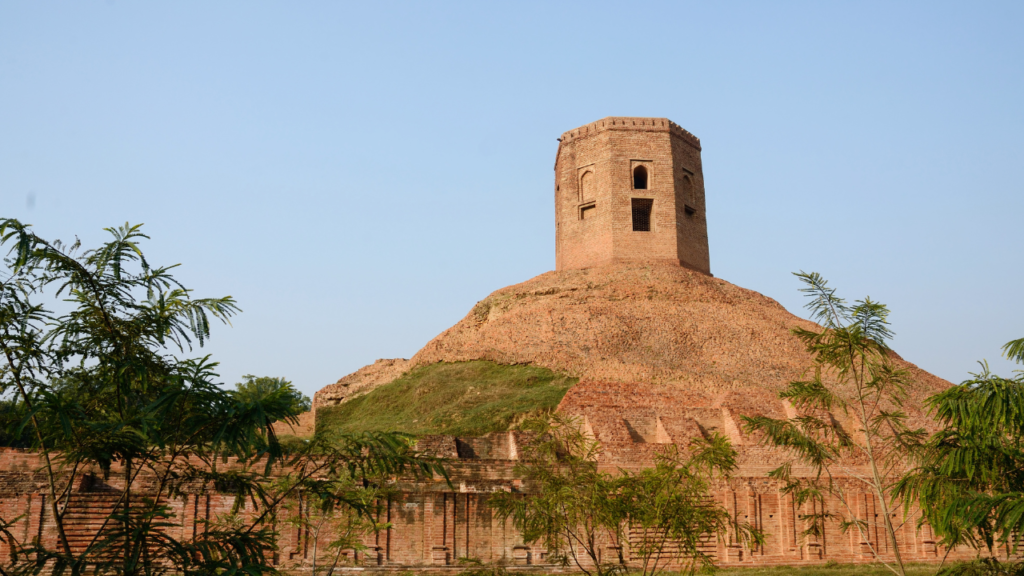
Try checking out a local temple or cultural event in the evening. Sarnath Archaeological Museum, Sarnath Temple, Durga Temple, and Bharat Kala Bhavan Museum are just a few of the cultural activities and temple visits offered to travelers in Varanasi. The city of Varanasi is steeped in history and culture, and these events shed light on both.
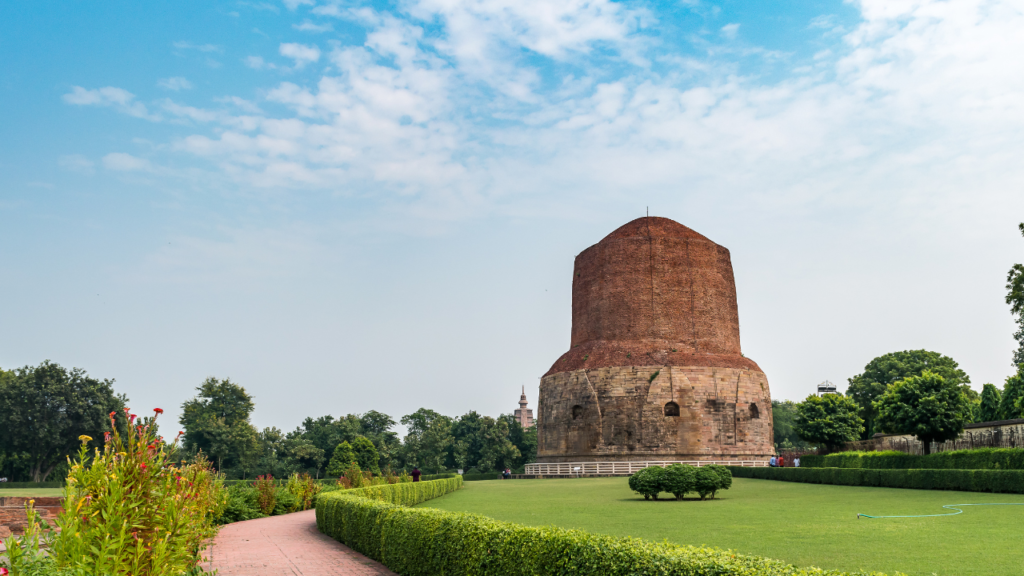
Day-3
Travelers should spend the third day of their trip exploring the city of Varanasi. As the sun rises, make your way to the revered Kashi Viswanath Temple, one of India’s 12 Jyotirlingas and a prominent pilgrimage spot for Shiva worshippers. The temple has a tower that is plated in gold weighing 800 kg.

The next stop should be at the Nepali Temple, also known as the Kathwala Temple, which was constructed in the nineteenth century by the monarch of Nepal. Keep on to the Durga Mandir, a temple to the Hindu goddess Durga that is famous for the monkeys that live in and around it, and the Tulsi Manas Temple, a shrine to Rama constructed on the spot where the poet Tulsidas penned the Ramayana.
You could also check out the Bharat Mata Temple, which pays homage to India as a mother rather than a god, and the Sankat Mochan Hanuman Temple, which is devoted to Lord Rama and Hanuman.
Then go to the Benaras Hindu University, where you may explore the new Vishwanath Temple, a complex of 7 temples designed in the same style as the original Vishwanath Temple in Kashi. Visit the Mughal-style Ramnagar Fort and the beautiful Rajdari Waterfalls, both around 60 kilometers from Varanasi, in the afternoon. You should go back to Varanasi after seeing the falls.
Day-4
Travelers should spend the third day of their trip exploring the city of Varanasi. As the sun rises, make your way to the revered Kashi Viswanath Temple, one of India’s 12 Jyotirlingas and a prominent pilgrimage spot for Shiva worshippers. The temple has a tower that is plated in gold weighing 800 kg.
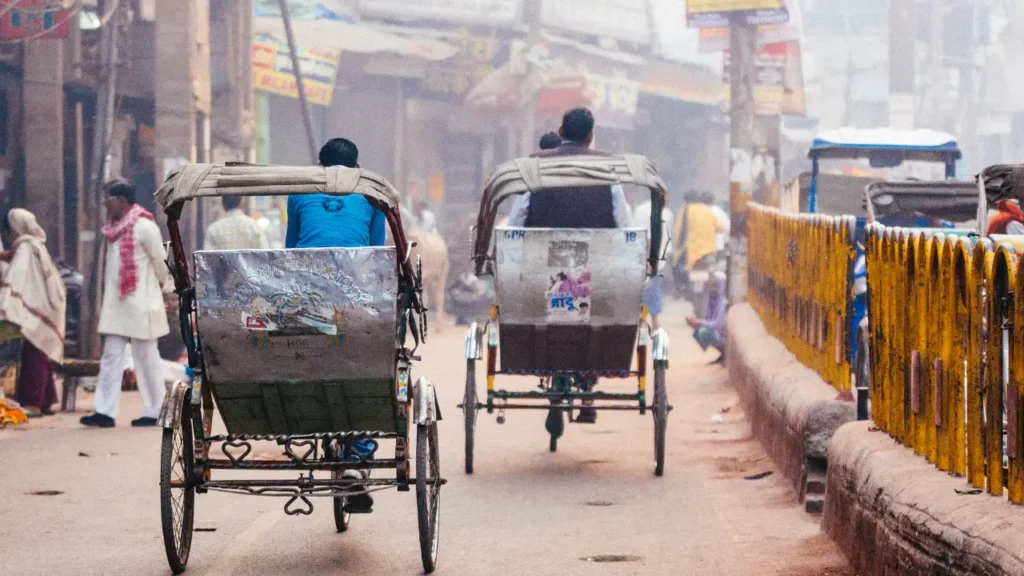
The next stop should be at the Nepali Temple, also known as the Kathwala Temple, which was constructed in the nineteenth century by the monarch of Nepal. Keep on to the Durga Mandir, a temple to the Hindu goddess Durga that is famous for the monkeys that live in and around it, and the Tulsi Manas Temple, a shrine to Rama constructed on the spot where the poet Tulsidas penned the Ramayana. You could also check out the Bharat Mata Temple, which pays homage to India as a mother rather than a god, and the Sankat Mochan Hanuman Temple, which is devoted to Lord Rama and Hanuman.
Then go to the Benaras Hindu University, where you may explore the new Vishwanath Temple, a complex of 7 temples designed in the same style as the original Vishwanath Temple in Kashi. Visit the Mughal-style Ramnagar Fort and the beautiful Rajdari Waterfalls, both around 60 kilometers from Varanasi, in the afternoon. You should go back to Varanasi after seeing the falls.
Day-5
It’s time to say goodbye to Varanasi on the fifth and last day of your trip. Depending on how far you have to go, train tickets to Varanasi might cost anything from INR 550 to 800 for a 3-tier AC carriage. Flying to Varanasi might cost between INR 3,500 and INR 5,500, again depending on the distance. Varanasi is home to both five-star hotels and inexpensive inns, so travelers may find the perfect place to rest their heads.
Hotel rates in Varanasi typically begin at roughly INR 1,000 per night. The city also has a number of government-run hotels for visitors. The description box below includes links and contact information for many hotels that provide online booking alternatives. Hotel Taj Ganges, Hotel Radisson The Mall, Cantonment, and Hotel Clarks The Mall, Cantonment are just a few of the most well-liked places to stay in Varanasi.
Meals in Varanasi will set you back around 500 Indian Rupees (INR) on average per person, per day. Private taxis may be arranged via hotels, travel companies, or the internet when needed for local transportation. Auto-rickshaws and rickshaws are also common modes of transportation in Varanasi, albeit they may not be permitted in some historic neighborhoods.
Rates for renting a 4-seater automobile for 8 hours inside the city start at about INR 1,400. Costs range from INR 10-15 per kilometer for a prearranged ride in a reserved auto-rickshaw or rickshaw. Before renting the car, it is necessary to settle on a price. In all, we anticipate that each adult will spend around INR 15,000.
We are grateful for your interest in our content and are happy that you enjoyed learning about the rich history of Varanasi. To stay updated on similar articles and content, you can subscribe to our newsletter on Time2Digital. This will ensure that you receive notifications about new articles and content that may be of interest to you. Thank you for choosing to learn with us.


